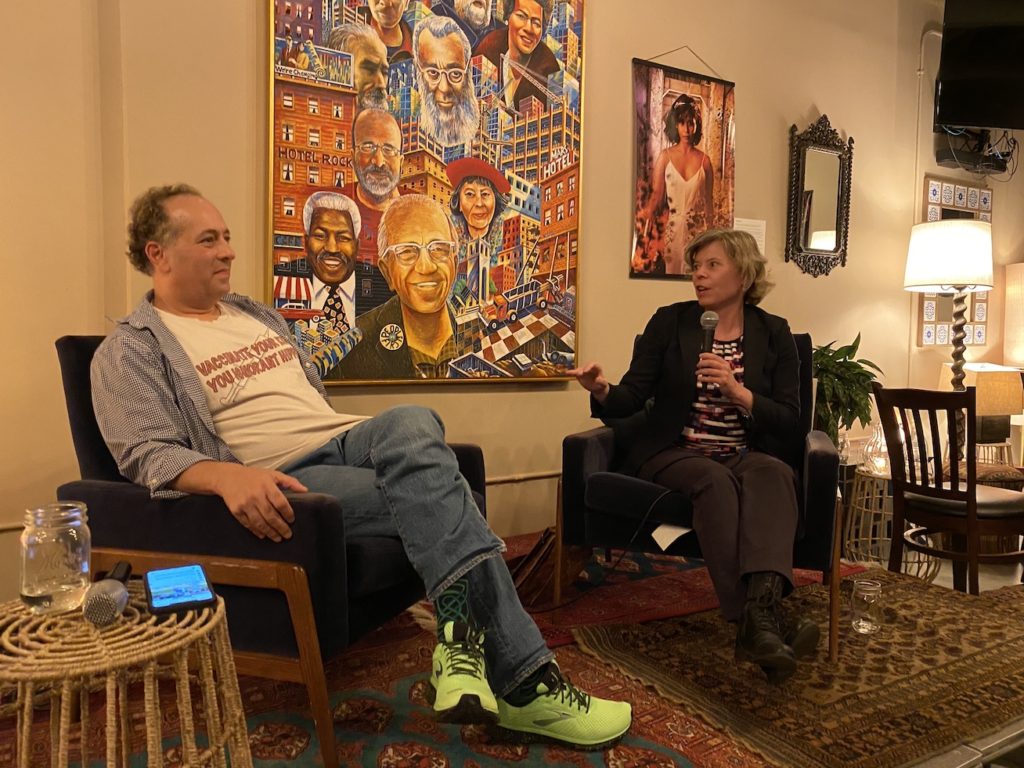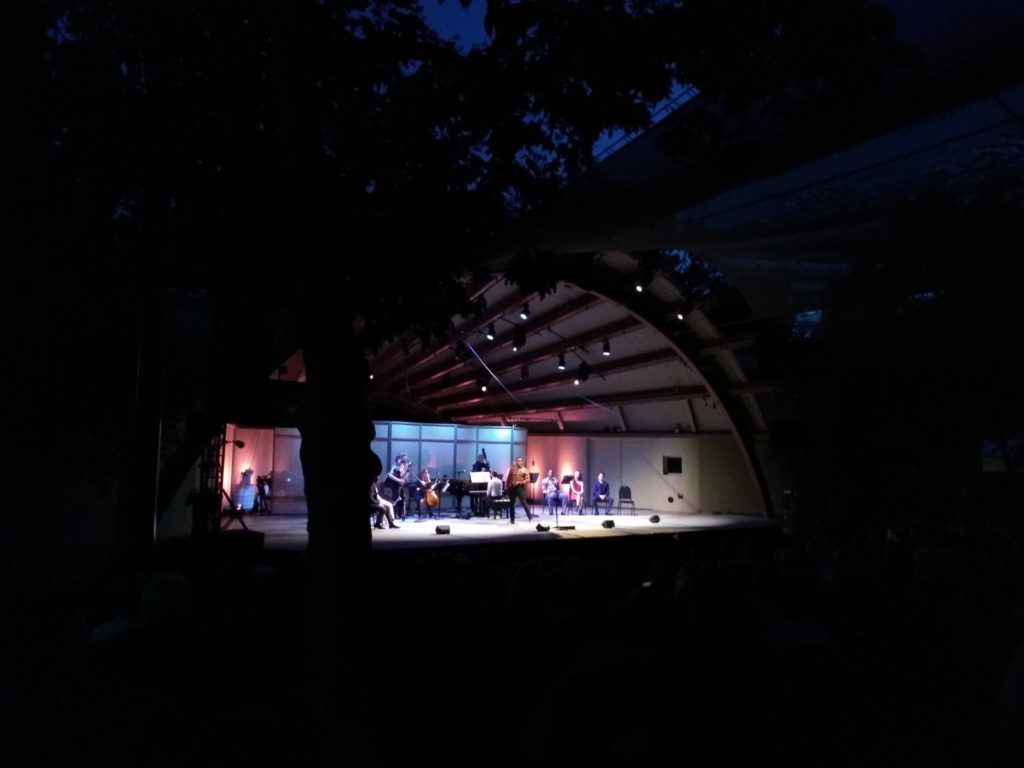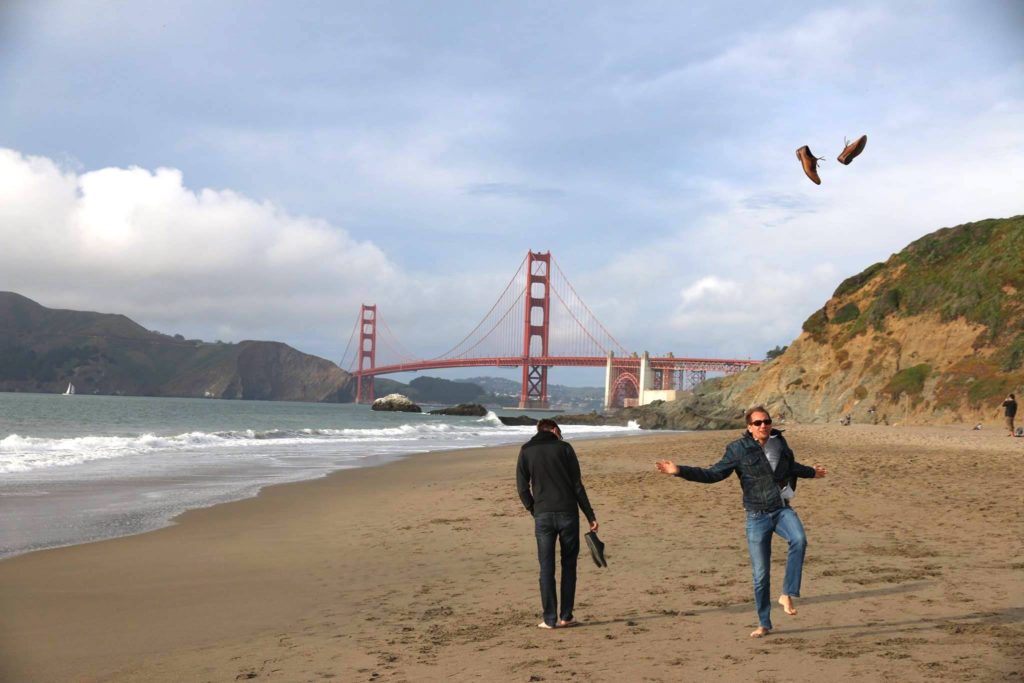One of the side-effects of the political moment we’re in is that liberals finally feel compelled to lay down the arguments in favor of specific policies. While politician seem immune to fact-based policies, the general debate on healthcare, education or minimum wage often elicit reactions that plays with hypothetical to dismiss their mere possibility, before even considering that… almost every other country in the world do it! The amusing part is that they often took inspiration on the US when implementing these policies, and the US has them in place (New Deal, Great Society) before the Chicago school invaded the West Wing — with an actor, a storyteller.
Now, we need to fight people hacking your system I (storytelling and branding — actually two flavor of the same things — are part of the innovations than made the US):One thing you should always remember about libertarians is that they hate facts. If they touch a fact, they die. Facts are to libertarians like water was to the Wicked Witch. What libertarians like are stories. Here’s what I mean: If you say “We should raise the minimum wage to a living wage so that companies have to pay their workers enough to afford their rent,” a libertarian will not reply with facts, but with a story. They will say: Ah, but if you do that the company will simply lay off a bunch of workers and unemployment will rise. Note that this is not empirical evidence. It is a tale. A prophecy. Because the actual empirical evidence is that this does not in fact happen, that “the number of jobs cost by minimum wage laws is negligible” and “they raise wages without much downside.” Go near a libertarian with this and they will scream as they melt.
Many Of The Arguments Against Wealth Taxes Are Pathetic – Nathan J. Robinson, Current Affairs
Now… remember that facts can be debatable too!









